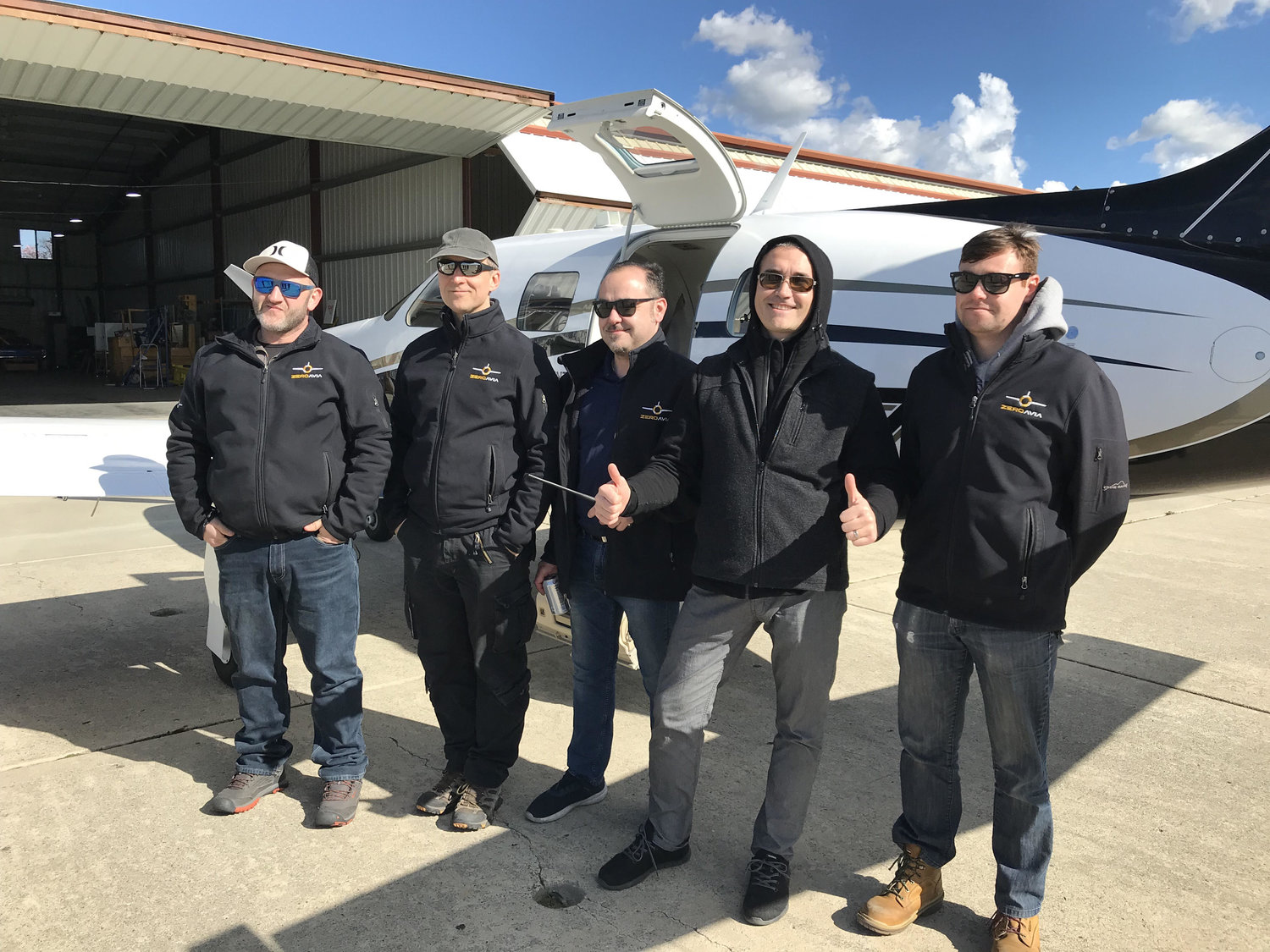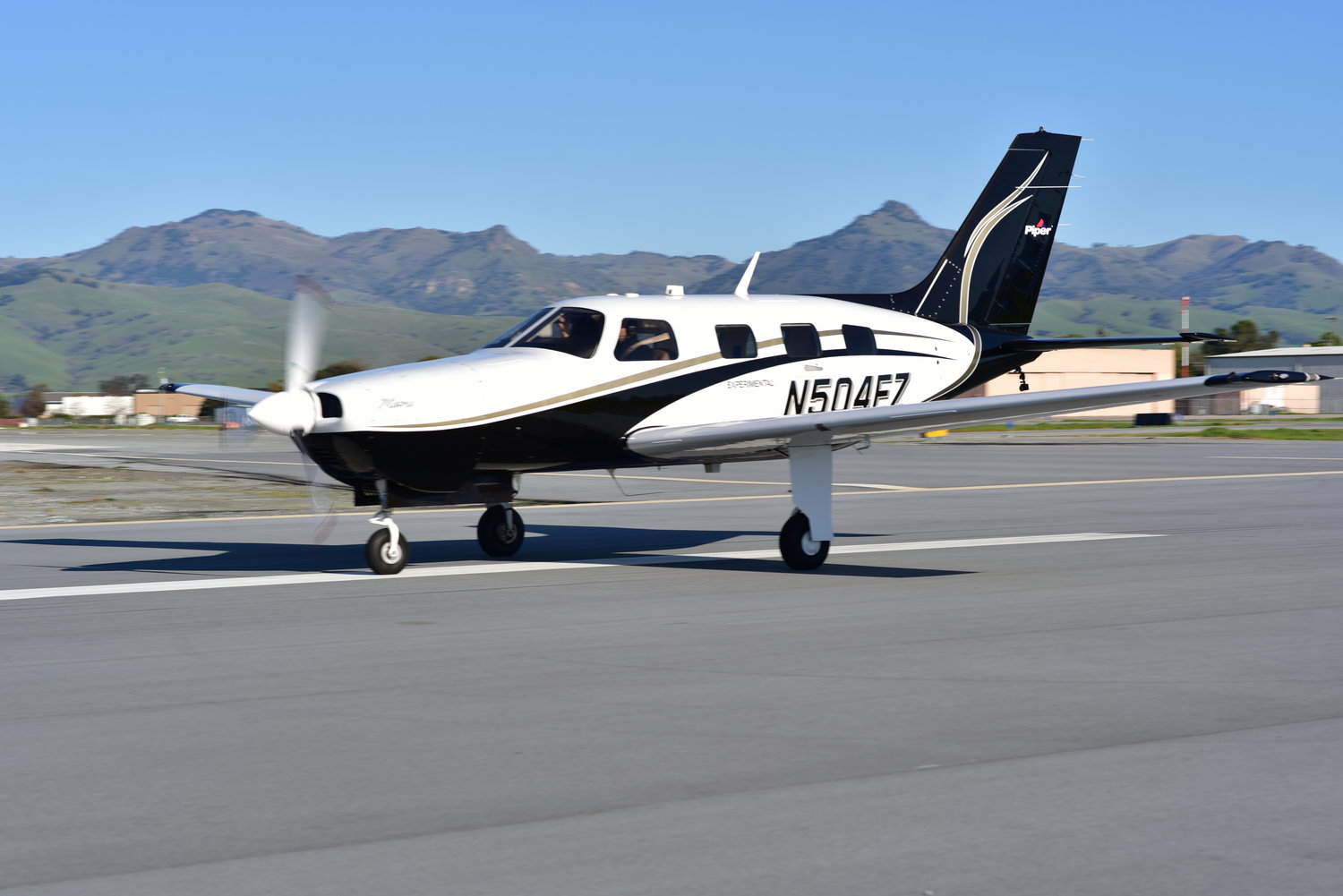Zero-emission flight is the future of short-haul aviation and is fast approaching commercial readiness, with the unveiling of a new, hydrogen-fuelled electric solution by ZeroAvia this month.
The California-based company plans to start commercialising its technology with operators and aircraft manufacturers as early as 2022. Investors see it as a triple breakthrough: cutting the industry’s greenhouse gas emissions, improving passenger experience, and significantly reducing operating and maintenance costs.
ZeroAvia’s electric powertrain could revolutionise the market for short-range air travel, which accounts for nearly half of all commercial flights worldwide. Areas of the industry are stuck in inefficient operating models; bigger airports with larger planes mean more congestion and passenger delays. Zero-emission, 10-to-20 seater aircraft with a range of 500 miles or more, flying point-to-point to existing smaller airports, offer part of the answer.
When Founder and CEO Val Miftakhov began to develop the new powertrain, one of his first phone calls was to SYSTEMIQ. It’s been a key strategic partner ever since. SYSTEMIQ was uniquely positioned to bridge the hydrogen and aviation industries, and build an ecosystem in which ZeroAvia’s technology could flourish. Building partnerships along the supply chain as well as with future operators and airports, it was instrumental in getting the largest zero-emission plane into the air. In June 2019, SYSTEMIQ also became a financial investor in the company.
For its industry expert Julian Renz, it’s a perfect example of how SYSTEMIQ likes to work: de-risking innovations with the potential to disrupt the sector, and helping them scale up fast. “The aviation and hydrogen industry have been waiting for their ‘Tesla moment’”, he explains. “When we met with Val, we thought: ‘This is it’. Our expertise and financial resources helped the innovation materialize during the difficult early stages.”
Over the past months on the project, Renz has watched ZeroAvia develop the prototype through to the first full pattern flight. “The Energy Transitions Commission’s Mission Possible report sets out how reducing CO2 emissions in harder-to-abate sectors, such as aviation, is technically feasible at low cost to the public. We now know that, for some market segments, the technology for eliminating emissions and improving economics is around the corner.”
For now, aviation is the fastest-growing source of transport emissions. “SYSTEMIQ is proud to be supporting ZeroAvia on their time-critical mission to decarbonize the aviation sector”, said Founding Partner Jeremy Oppenheim. “Greenhouse gases released at altitude are particularly damaging, so it’s vital to develop and scale alternative technologies. ZeroAvia’s zero-emission drivetrain is the most promising, cost-competitive alternative to incumbent fossil-based technologies today.”

The team after the first flight

